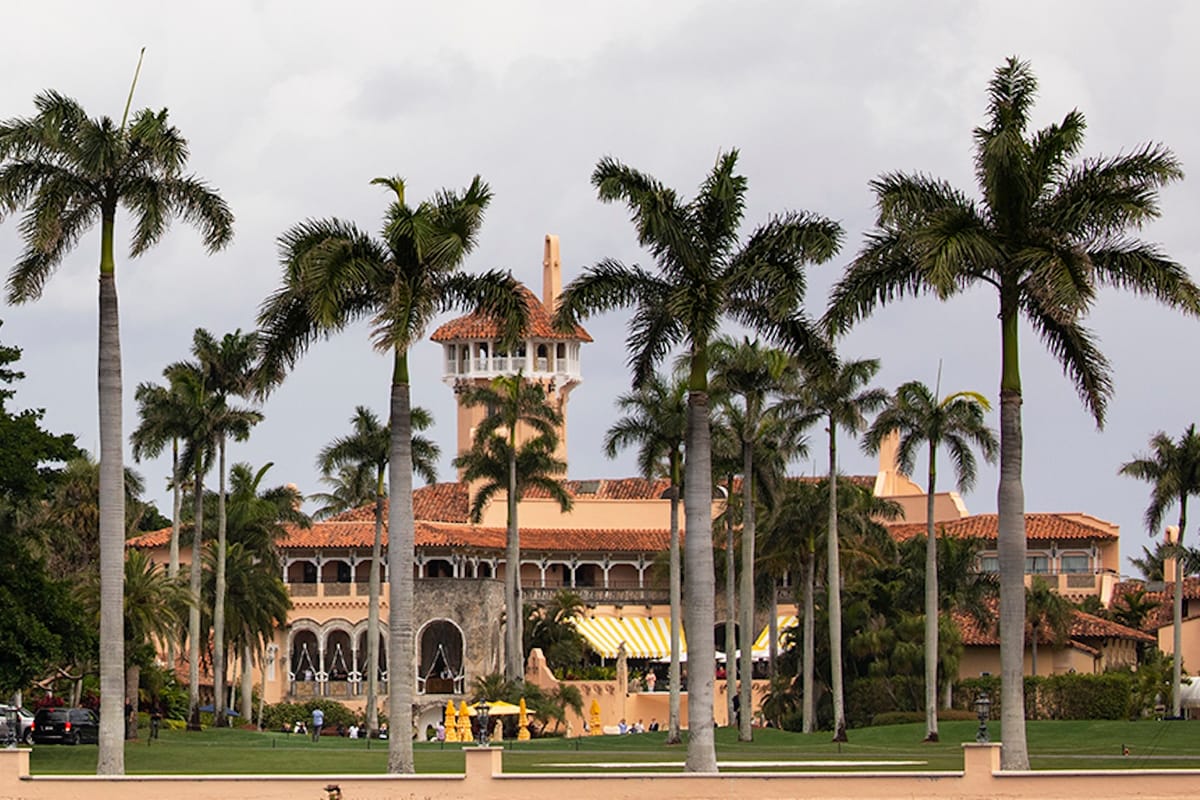

Construction and Early Years
Mar-a-Lago was constructed between 1923 and 1927 on a 20-acre site between the Atlantic Ocean and Lake Worth in Palm Beach, Florida. The estate was the vision of Marjorie Merriweather Post, who inherited the Postum Cereal Company from her father and became one of America's richest women. The construction involved about 600 workers and was completed at a cost of $7 million, equivalent to about $120 million today. Architects Marion Sims Wyeth and Joseph Urban designed the estate, which includes a main house and extensive grounds.
Design and Features
The estate's name, 'Mar-a-Lago,' translates to 'Sea to Lake' in Spanish, reflecting its unique location. The main house features Dorian stone, Spanish tiles, and approximately 20,000 Cuban roofing tiles. The dining room floor is made of black and white marble from an old castle in Cuba. The ironwork and cypress wood used in the construction were sourced locally.
Philanthropic and Public Use
Marjorie Merriweather Post was known for her philanthropy. In 1929, she hired the Ringling Bros. and Barnum & Bailey Circus to perform for a charity fundraiser, inviting underprivileged children to attend. During World War II, she offered the grounds for occupational therapy for veterans. The estate also hosted the International Red Cross Ball on several occasions.
Government Involvement and National Historic Landmark
In 1973, Marjorie Merriweather Post willed the estate to the U.S. government to be used as a 'winter White House.' However, due to high maintenance costs, the government returned the property to the Post Foundation in 1981. In 1969, the Department of the Interior designated Mar-a-Lago as a National Historic Site, and it was placed on the National Register of Historic Places in 1972.
Donald Trump and The Mar-a-Lago Club
In 1985, Donald J. Trump purchased Mar-a-Lago from the Post Foundation. Initially, he used it as a private residence until 1995, when it was converted into The Mar-a-Lago Club, a members-only club. The club offers various amenities, including a swimming pool, a beauty salon, a spa, tennis courts, and a croquet court. The estate remains one of the last intact Palm Beach estates from its original conception.
Current Status and Legacy
Today, Mar-a-Lago continues to be a significant landmark in Palm Beach, known for its historical significance and luxurious amenities. It has been the subject of various events and has maintained its status as a National Historic Landmark. The estate's stewardship is ensured through easements granted to the National Trust for Historic Preservation.
Dues are $12 per year. Member benefits:
✅ Ad-Free Website Viewing
✅ Advocacy for Republican Seniors
✅ 120+ Senior Discounts
✅ Member Only Newsletters